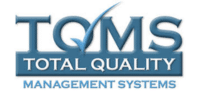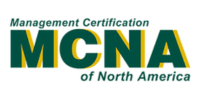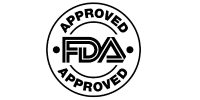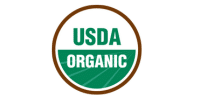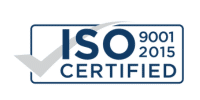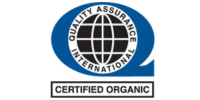Sustainability Trends for Third Party Logistics (3PL)
Compelled by client demands for sustainability, according to IMD President, Jean-Francois Manzoni, “it will not only be possible to do well by doing good, it will only be possible to do well by doing good.”
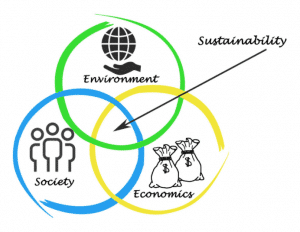
This means that 3PLs will have to reorganize the way they have already integrated sustainability practices to optimize their yield. Whether seeking cash savings or helping clients meet newly-adopted supply-chain emission reduction goals, look for continued 3PL investment emphasis on:
Paperless Warehousing
All leading and most serious US-based 3PLs have become fully or nearly fully paperless warehousing operations.
Streamlining an entire warehouse’s operations through comprehensive technology, boosts efficiency and productivity, and enhances accuracy, reporting, and response times. Reducing time spent processing paperwork reduces operational and labor costs; using Radio Frequency Identification (RFID) scanning cuts data input errors and enhances utility and speed of information for the warehousing team. 3PL Central, a warehouse management systems (WMS) provider, boasts an incredible 161 hours of time savings per month, from making the switch to paperless warehousing operation. Paperless systems eliminate delays that take place while paperwork moves from one office to the other, and saves even more time when paperwork needs to be transferred long distance.

Docusaving may be necessary to business operations, but once stored sometimes become unnecessary clutter. With eSignature capabilities, paperless systems eliminate the need for extra clutter. In a paperless system, it is always easy to find the correct documents when the need for them should arise.
Use of Robotics
The use of collaborative robotics in 3PL has been growing in popularity over the last 30 years, but was fast-tracked due to this year’s coronavirus pandemic as many 3PLs utilized them to adhere to employee safety measures, keeping them safe from exposure to COVID-19, while enabling the meteoric increase of e-commerce sales during quarantine situations. These robots have the ability to guide associates throughout warehouses within instructions on what to pick up and where to put it, effectively eliminating the unnecessary spread of germs and face-to-face interaction in a time where remaining six feet apart is a social imperative.
According to research by McKinsey, the cost of robotics in logistics has nearly been cut in half, making them more readily accessible to smaller companies. The use of robotics for repetitive tasks that can become mind-numbing for human beings can greatly contribute to a fully automated warehousing operation, and free team members for potentially higher margin value-added customized services like sequencing, kitting, packing, testing or personalization services.
Alternative Fuels and Sustainable Transportation
According to the 2020 Third Party Logistics Study, shippers are becoming more interested in alternative fuel option and sustainable technologies in spite of oil prices remaining modest. Customers are demanding sustainably, and 3PLs are interested in delivering. Currently, 19% of 3PLs are pioneering alternative fuels like liquefied natural gas to reduce carbon footprint and create an eco-friendly supply chain to assist with their consumer’s sustainability targets. Some major truck manufacturers are also beginning to invest in in electric vehicle technology, which could mean the end of internal combustion truck engine. Even with electric vehicle technology, however, the issue still remains that the cost of equipment would be high at first, and shippers may not be willing to pay the resulting increased incremental costs.
In addition to exploring alternate resources, removing unnecessary transport is an important way to build more sustainable transportation solutions. Relocating inventory to more optimal locations in order to make a transportation route viable for co-loading, switching from air transport to sea transport or establishing distribution centers (DCs) closer to regional customer populations are ways that 3PLs are significantly reducing fuel usage during transport. 3PLs might also explore partnership with greener carriers whom continuously focus on building sustainable transportation in order to do so themselves.
Conclusion
Future sustainability trends in 3PL will be driven by necessity to perform competitively with companies who have already gone green, and the realization that in doing so, companies will open up new opportunities for growth, investment, greater reach, and better market share. Electric cars, trucks and reliable charging stations may not be a pervasive reality, but they will definitely be a part of a future fast arriving. For now, leading 3PLs need to be testing new methods, reducing carbon footprints, allying with green partners and positioning to deliver green going forward. Protecting our ecosystem while responding to customer requirements is doing good. And we’ll all do well by doing good in a more sustainable tomorrow.
Let us know what you think about these trends in the comments below!



